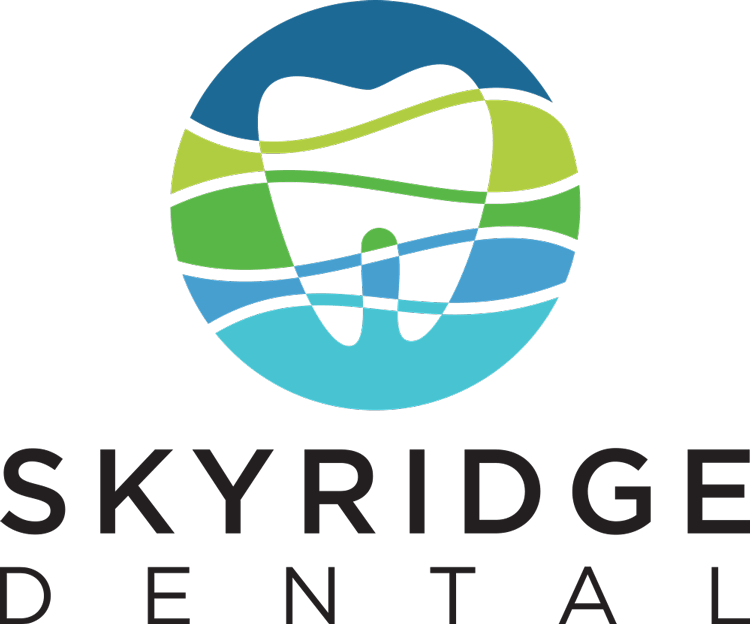You’ve probably heard that you should visit your dentist twice a year or every six months. However, there’s more to dentistry than bi-annual cleanings.
Technology constantly improves how we care for our teeth and achieve brighter and healthier smiles. One example is laser dentistry which can treat various dental conditions. It’s also an alternative to drills and other methods.
In this patient’s guide, we’ll tell you everything you need to know about laser dentistry, including what it can do and its benefits.
What Is Laser Dentistry?
As the name implies, laser dentistry uses lasers to treat certain dental conditions. The treatment is non-invasive and used as an alternative to dental drills.
Laser stands for Light Amplification by Stimulated Emission of Radiation. In laser beams, the photon beams move the same way and at the same wavelength. The amplified photons move in perfect unison.
Lasers are incredibly focused and powerful. However, this type of technology isn’t new. Lasers have been used since the 1960s.
These days, you can find lasers used in everything from barcode scanners to hospital equipment. And yes, dentists use laser treatments as well.
Special lasers allow dentists to move and shape tissue. Laser treatments work on both hard and soft tissues and are a more comfortable solution for many patients.
What Can It Help Treat?
Laser dentistry can help treat a variety of issues and conditions. In fact, you may have heard of some of these applications already.
Here are a few examples:
- Teeth whitening
- Treating hypsensitivty
- Treating gum disease
- Treating tooth decay
- Treating oral lesions
Let’s expand on each of these points in more detail.
Cosmetic Procedures
Over time, teeth acquire stains and begin to discolor. Certain foods and drinks cause stains, such as wine, fruit, and coffee. If your teeth aren’t as white as you’d like, you may want to consider teeth whitening treatments.
Over-the-counter strips and products aren’t as effective as an in-office treatment. Dentists use lasers to aid in the bleaching process, resulting in whiter teeth in less time.
Treating Hypersensitivity
Tooth sensitivity is a real problem for many adults. Drinking hot or cold beverages or foods can cause dental pain, even with proper oral care routines.
In most cases, tooth sensitivity is caused by exposed roots or worn enamel. It may also be caused by a cavity or damaged tooth.
Dental lasers can help by sealing the root’s tubules.
Treating Gum Disease
Gum disease is a sign of poor dental health. It’s a condition caused by too much plaque buildup on the teeth. Plaque contains bacteria, and too much of it harms your gums, causing swelling and bleeding.
Gum disease may cause misshapen gums that cover too much of the tooth’s surface. A dental laser can reshape the soft tissue and fix gummy smiles.
Removing Tooth Decay
Cavities affect both kids and adults, and getting one often fills people with dread. Dental drills and anesthetics, which are used to treat cavities, can be uncomfortable for a lot of patients.
However, lasers can kill bacteria and prepare the tooth for a filling. Dentists may use a laser to remove tooth decay instead of traditional dental drills.
Removing Oral Lesions
An oral lesion is a mouth sore or ulcer that causes soreness or pain in the mouth. Lesions may also be precancerous or cancerous. As such, it’s important to find them early.
Lasers can remove oral lesions, canker sores, and ulcers. They can even reduce healing time and pain.
Performing Biopsies
Some dentists now use lasers to perform biopsies. A laser can easily and effectively remove a small piece of tissue that a dentist can examine for any cancerous cells.
Lasers can also remove benign tumors from the gums, palate, lips, or cheeks.
How Dental Lasers Work
Lasers are incredibly versatile and powerful tools. Dental lasers apply a certain amount of heat to an area to perform a function, such as whitening teeth or shaping the gums.
The wonderful thing about dental lasers is that they operate on different wavelengths. This means that your dentist can select the right wavelength for your treatment.
There are both hard-tissue lasers and soft-tissue lasers. For instance, a hard-tissue laser can shape teeth or prepare a tooth for a filling.
What Are the Benefits of Laser Dentistry?
There are many benefits to laser dentistry. For one, it can make certain dental procedures less painful and more comfortable for the patient. Those with dental anxiety may not be as reluctant to seek treatment.
There may also be a reduced need for sutures when your dentist uses a laser. The laser also promotes blood clotting, so it reduces the amount of bleeding as well.
In some cases, there’s no need for anesthesia. That means a quicker and more comfortable recovery after a procedure.
Another major benefit is that a laser sterilizes the area, which means there’s a reduced chance of infections and wounds heal faster.
Using lasers may also help to reduce the damage caused to surrounding tissues.
Laser dentistry is FDA-approved for many dental conditions. Dentists must also undergo training to understand each device and how to properly use it, so you can rest easy knowing you’re in good hands.
Dental insurance usually covers laser dentistry as well. However, even if you don’t have adequate insurance, there are many payment options available.
Feel Confident About Your Smile
Laser dentistry has been around for some time, and we’re still finding uses for these amazing tools. Dental lasers can treat many conditions, from gum disease to stained teeth. If you want to learn more about them, feel free to ask your dentist!
Now that you know more about dental lasers, don’t forget to schedule your regular dental cleaning. Here at SkyRidge Dental, we offer a variety of services, including laser treatments.

Recent Comments